IBM et SAP renforcent leur partenariat afin d’aider leurs clients à migrer les applications des solutions SAP® vers le Cloud
IBM est le premier partenaire à proposer une infrastructure Cloud et des services techniques managés de manière intégrée dans le cadre de l’offre RISE with SAP
ARMONK, N.Y. et Walldorf, Allemagne, le 10 février 2022 : IBM (NYSE: IBM) a annoncé aujourd’hui qu’elle s’associait avec SAP (NYSE : SAP) pour fournir une expertise en matière de technologie et de conseil afin de permettre aux clients d’adopter plus facilement une approche Cloud hybride et de migrer les applications critiques des solutions SAP® vers le Cloud pour les secteurs réglementés et non réglementés.
Alors que les clients cherchent à adopter des stratégies de Cloud hybride, la migration des applications qui constituent l’épine dorsale du fonctionnement de leur entreprise nécessite un environnement Cloud hautement sécurisé et fiable. Avec le lancement aujourd’hui de l’option IBM – Premium Supplier pour RISE with SAP, les clients disposeront des outils nécessaires pour accélérer la migration de leurs applications SAP en local vers IBM Cloud, avec des capacités de sécurité de pointe[1].
IBM dévoile également un nouveau programme, BREAKTHROUGH with IBM pour RISE with SAP, un portefeuille de solutions et de services de conseil qui permettent d’accélérer et d’amplifier le passage à SAP S/4HANA® Cloud. Construits sur une plateforme flexible et évolutive, les solutions et services utilisent des processus intelligents pour rationaliser les opérations. Ils offrent un modèle d’engagement qui permet de planifier, d’exécuter et de soutenir la transformation globale de l’entreprise. Les clients ont également la flexibilité et le choix de migrer les applications des solutions SAP vers le Cloud en bénéficiant d’une expertise sectorielle approfondie.
L’annonce faite aujourd’hui qu’IBM devient un premium supplier fait de la compagnie le premier fournisseur Cloud à proposer des services d’infrastructure, de transformation métier et de gestion technique des applications de manière intégrée dans le cadre de RISE with SAP. La désignation d’IBM en tant que premium supplier s’inscrit dans la continuité des efforts de longue date déployés par SAP pour offrir un choix et des options aux clients, en soutenant davantage les clients d’IBM qui préfèrent que leur package RISE with SAP s’exécute sur IBM Cloud.
De plus, la migration vers SAP S/4HANA® sur IBM Cloud à partir de datacenters en local peut potentiellement apporter les avantages suivants, selon une étude d’IDC, sponsorisée par IBM[2] :
- Retour sur investissement : selon les utilisateurs interrogés, la migration vers SAP S/4HANA® sur IBM Cloud a entraîné une augmentation du chiffre d’affaires pour jusqu’à 90 % des entreprises qui ont effectué la transition.
- Réduction des coûts : Plus de 80 % des organisations ayant participé à l’étude ont déclaré avoir constaté une réduction des coûts opérationnels.
- Une productivité accrue : 9 entreprises sur 10 interrogées dans l’étude ont déclaré avoir amélioré leur productivité après avoir migré vers SAP S/4HANA® sur IBM Cloud.
« Nous sommes ravis de faire progresser notre partenariat de longue date avec SAP à travers RISE », a déclaré John Granger, Senior Vice President, IBM Consulting. « Notre engagement commun est de répondre à nos clients, notamment ceux des secteurs hautement réglementés, là où ils en sont dans leur parcours numérique, tout en leur offrant des choix pour migrer ou moderniser leurs applications critiques avec une approche de Cloud hybride. »
« BREAKTHROUGH with IBM est un complément exceptionnel à RISE with SAP, car il jette les bases permettant à nos clients de se lancer dans la transformation de leur entreprise ou de la faire progresser. En outre, il réaffirme la valeur que les clients reconnaissent à RISE with SAP ainsi que l’impact et l’opportunité d’innovation que RISE with SAP offre aux organisations qui migrent vers le Cloud. Je suis convaincu que l’expertise et l’expérience combinées de SAP et d’IBM permettront d’accélérer l’adoption du Cloud et la croissance des activités pour les clients du monde entier », a déclaré Brian Duffy, President of Cloud, SAP.
IBM et SAP ont travaillé avec des centaines de clients dans le monde entier sur des milliers de projets individuels visant à moderniser leurs systèmes et leurs processus métier sur la base d’une approche Cloud hybride ouverte. Parmi les exemples récents, citons Coca-Cola European Partners, Parle Products, Harmont & Blaine, Puravankara Ltd et Virgin Megastore KSA.
Soulignant son engagement envers SAP S/4HANA®, à la fois en tant que client SAP et partenaire commercial depuis 50 ans, IBM a également réalisé un investissement important dans RISE with SAP en engageant la transformation de ses propres applications SAP. IBM est un nouveau Premium Supplier pour l’offre RISE with SAP et utilise le Cloud hybride d’IBM, y compris l’Infrastructure as a Service IBM Power, afin d’améliorer les performances, la disponibilité et la sécurité des déploiements d’éditions privées de SAP S/4HANA® Cloud.
Pour en savoir plus sur le programme BREAKTHROUGH with IBM pour l’offre RISE with SAP : https://www.ibm.com/services/sap/rise-with-sap.
À propos d’IBM
IBM est un leader mondial du Cloud hybride et de l’IA, ainsi que des services aux entreprises, qui aide ses clients dans plus de 175 pays à capitaliser sur les connaissances issues de leurs données, à rationaliser leurs processus métier, à réduire leurs coûts et à acquérir un avantage concurrentiel dans leurs secteurs d’activité. Près de 3 000 entités gouvernementales et entreprises dans des domaines d’infrastructures critiques tels que les services financiers, les télécommunications et les soins de santé font confiance à la plateforme Cloud hybride d’IBM et à Red Hat OpenShift pour impacter leurs transformations numériques rapidement, efficacement et en toute sécurité. Les innovations révolutionnaires d’IBM en matière d’IA, d’informatique quantique, de solutions Cloud spécifiques à certains secteurs et de services aux entreprises offrent des options ouvertes et flexibles à nos clients. Tout cela est soutenu par l’engagement légendaire d’IBM en matière de confiance, de transparence, de responsabilité, d’inclusivité et de service.
Pour en savoir plus : www.ibm.com
Les déclarations d’IBM concernant ses orientations et intentions futures sont sujettes à modification ou retrait sans préavis et ne représentent que des buts et des objectifs.
À propos de SAP
La stratégie de SAP vise à aider chaque organisation à fonctionner en « entreprise intelligente ». En tant que leader du marché des logiciels d’application d’entreprise, nous aidons les entreprises de toutes tailles et de tous secteurs à opérer au mieux : Les clients de SAP génèrent 87 % du commerce mondial total. Nos technologies de Machine Learning, d’Internet des objets (IoT) et d’analytique avancées aident nos clients à transformer leurs activités en « entreprises intelligentes ». SAP permet aux personnes et aux organisations d’avoir une vision approfondie de leur business et favorise la collaboration afin qu’elles puissent garder une longueur d’avance sur leurs concurrents. Nous simplifions la technologie afin que les entreprises puissent utiliser nos logiciels comme elles le souhaitent – sans interruption. Notre suite d’applications et de services de bout en bout permet aux clients privés et publics de 25 secteurs d’activité dans le monde de fonctionner de manière rentable, de s’adapter en permanence et de faire la différence. Avec son réseau mondial de clients, partenaires, employés et leaders d’opinion, SAP aide le monde à mieux fonctionner et à améliorer la vie de chacun.
Pour plus d’informations, visitez le site www.sap.com.
[1] Based on IBM Hyper Protect Crypto Service, the only service in the industry built on FIPS 140-2 Level 4-certified hardware. FIPS 140-2 Security Level 4 provides the highest level of security defined in this standard. At this security level, the physical security mechanisms provide a comprehensive envelope of protection around the cryptographic module with the intent of detecting and responding to all unauthorized attempts at physical access.
[2] IDC White Paper, sponsored by IBM, Business Benefits Possible by Choosing the Right Cloud Provider to Run SAP Workloads. Doc #US47166220, December 2020.
The post IBM et SAP renforcent leur partenariat afin d’aider leurs clients à migrer les applications des solutions SAP® vers le Cloud appeared first on SAP France News.

 Happy New Year, fabulous new website design trends!
Happy New Year, fabulous new website design trends!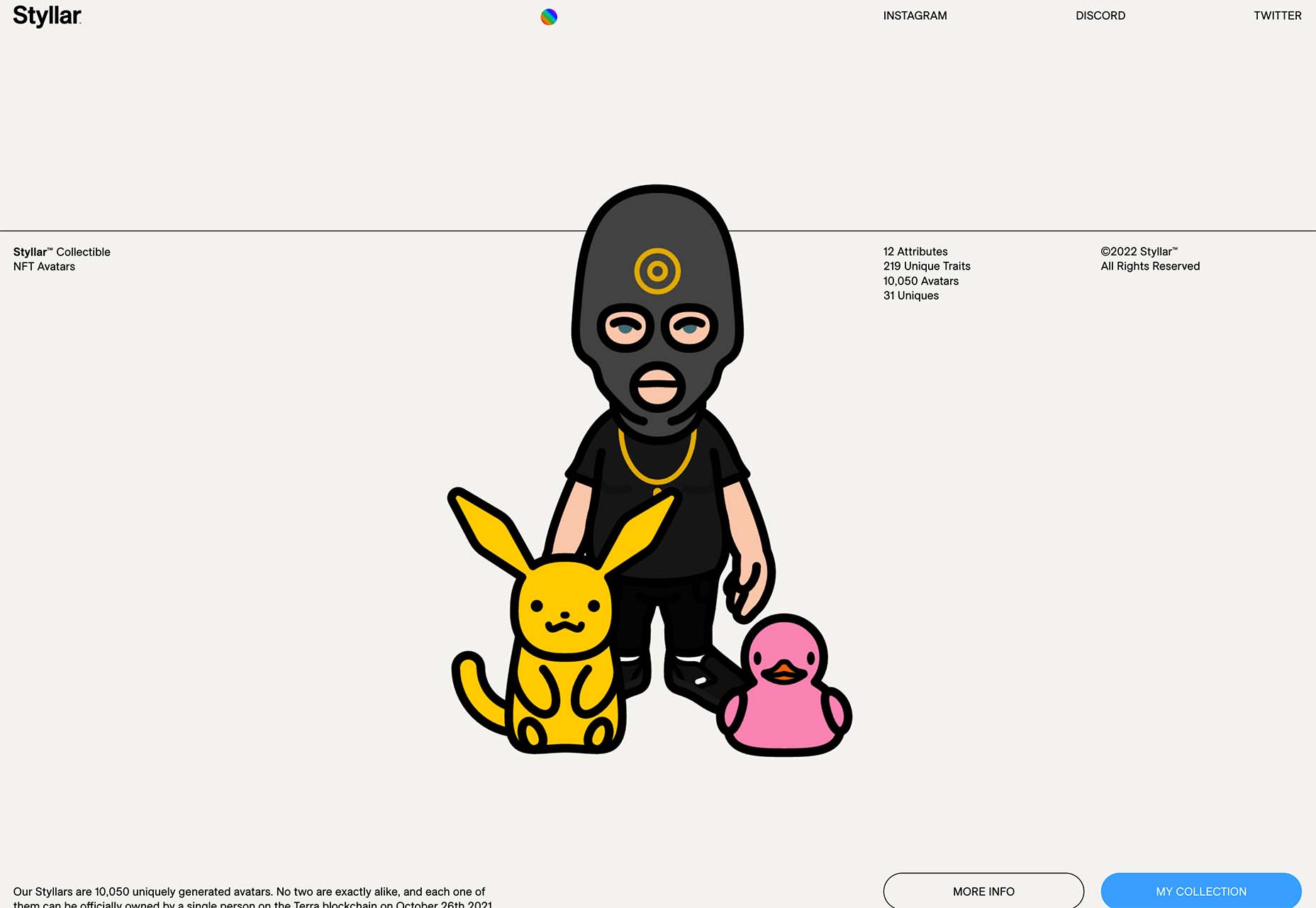

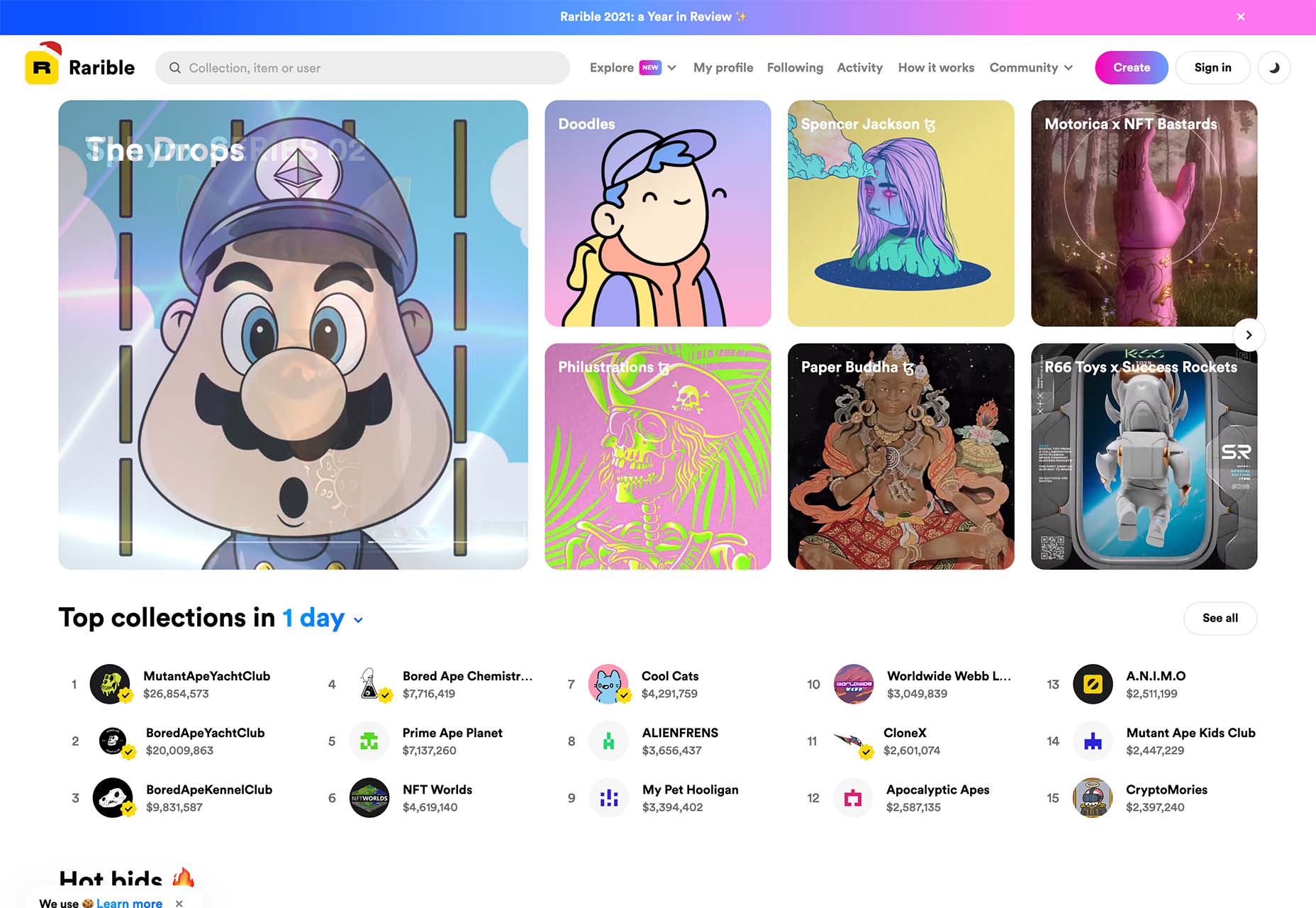
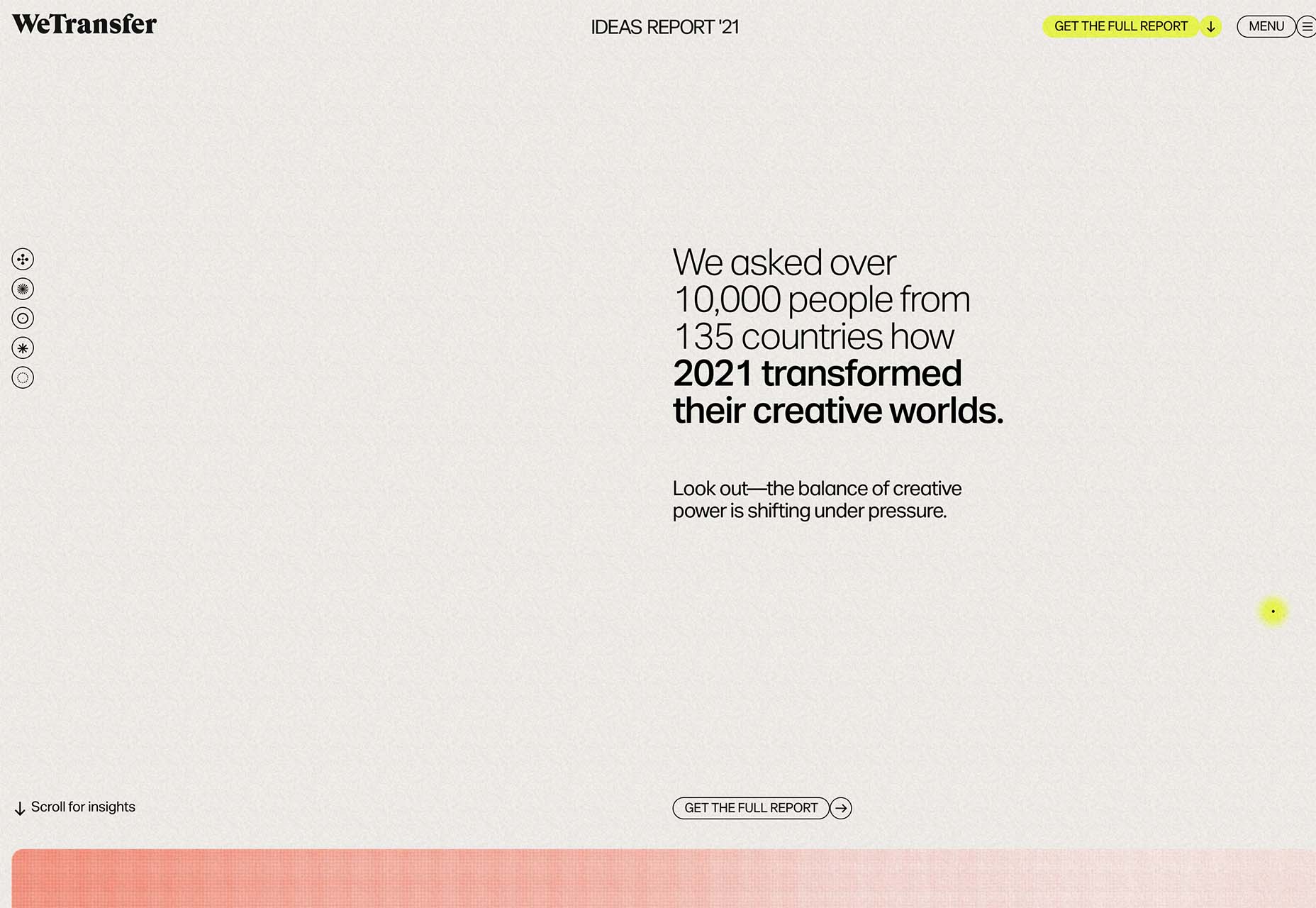
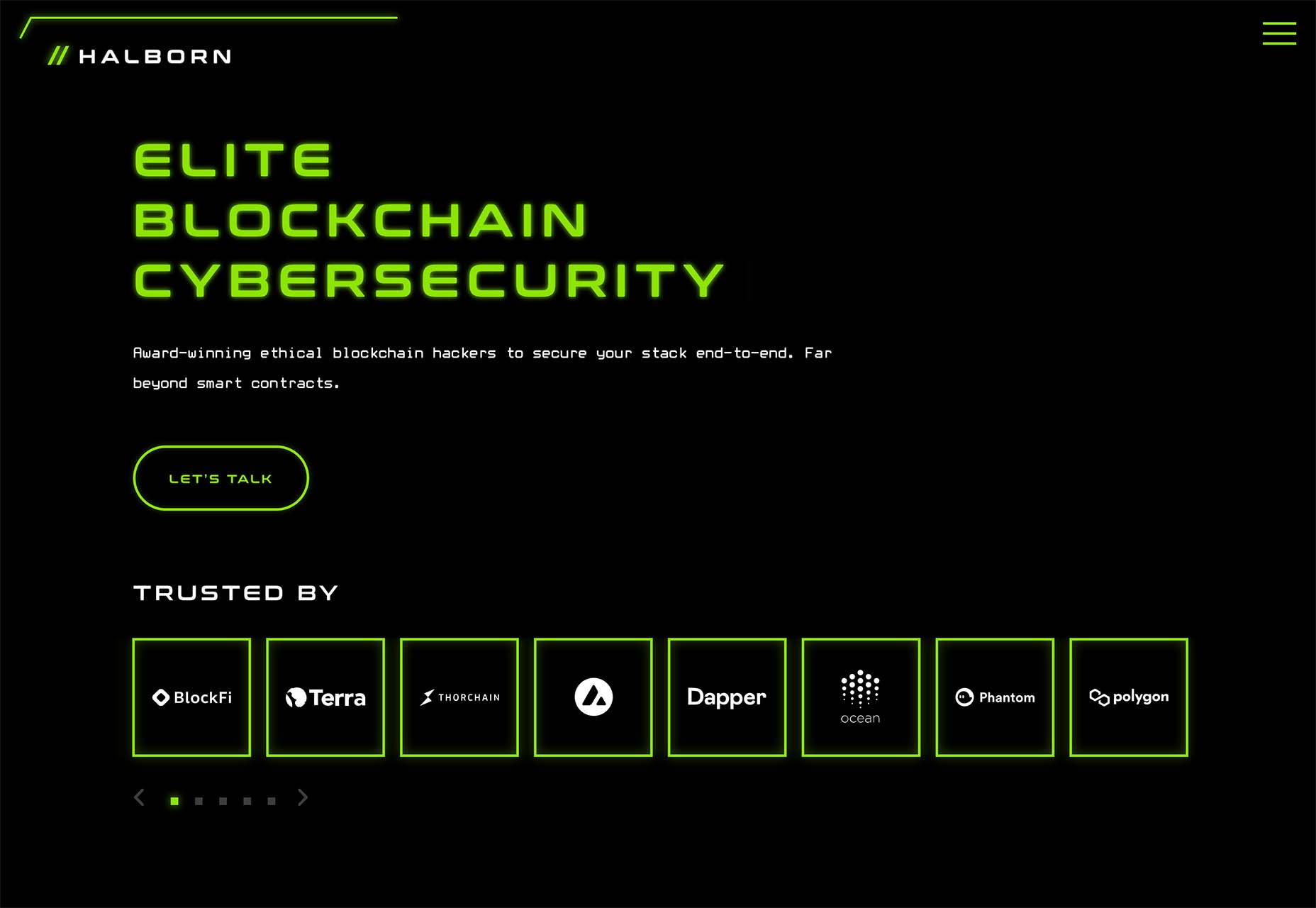

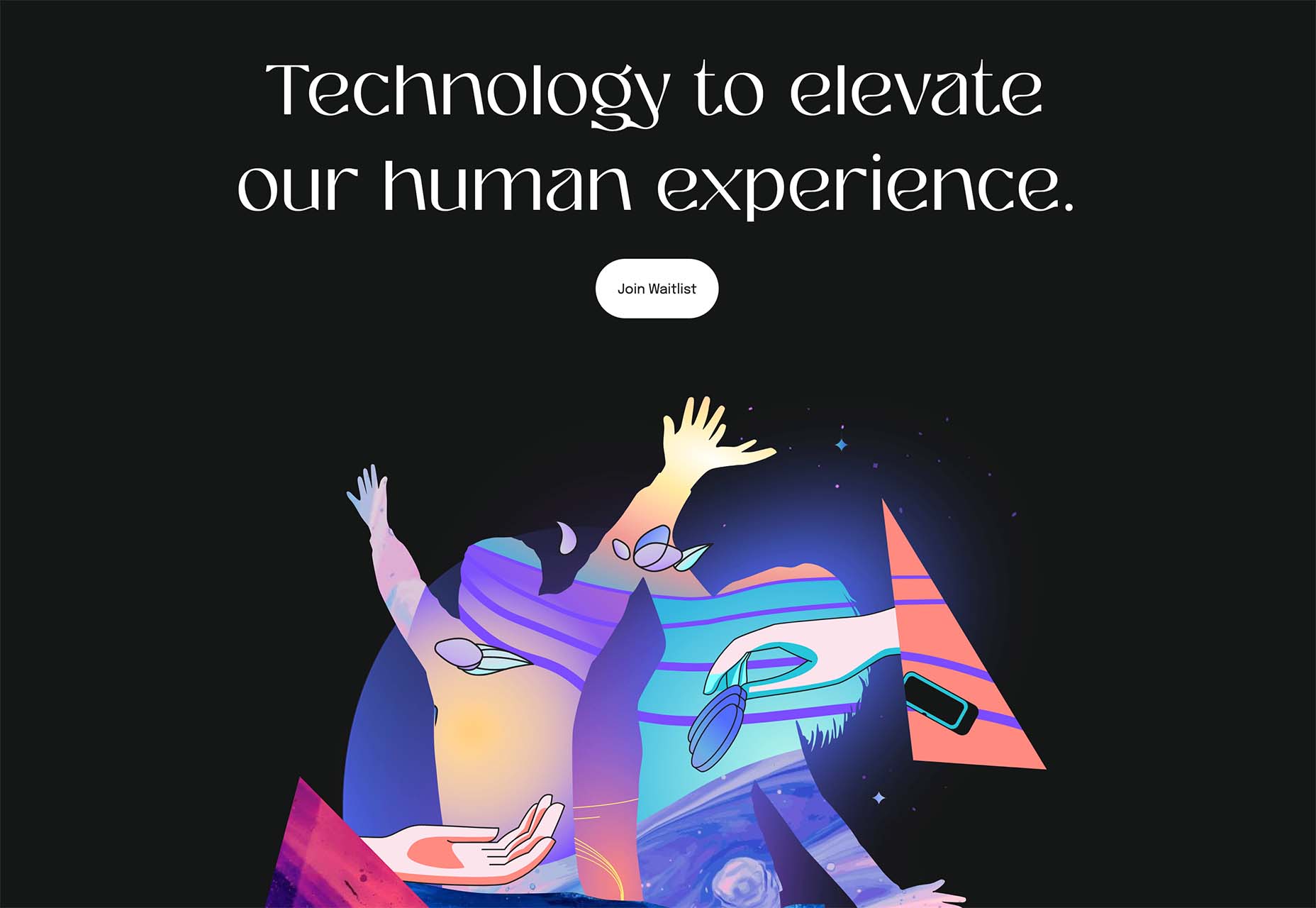
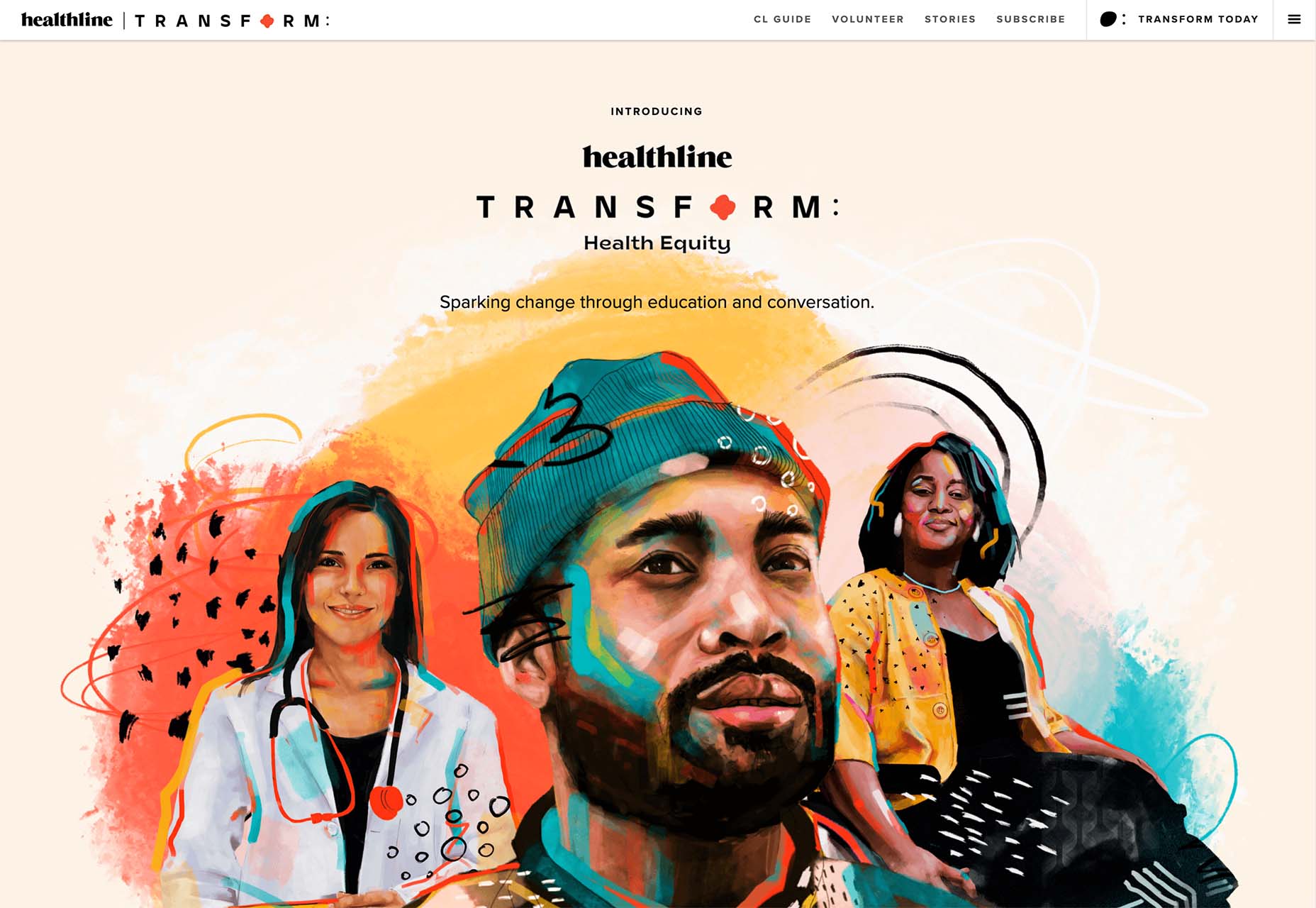
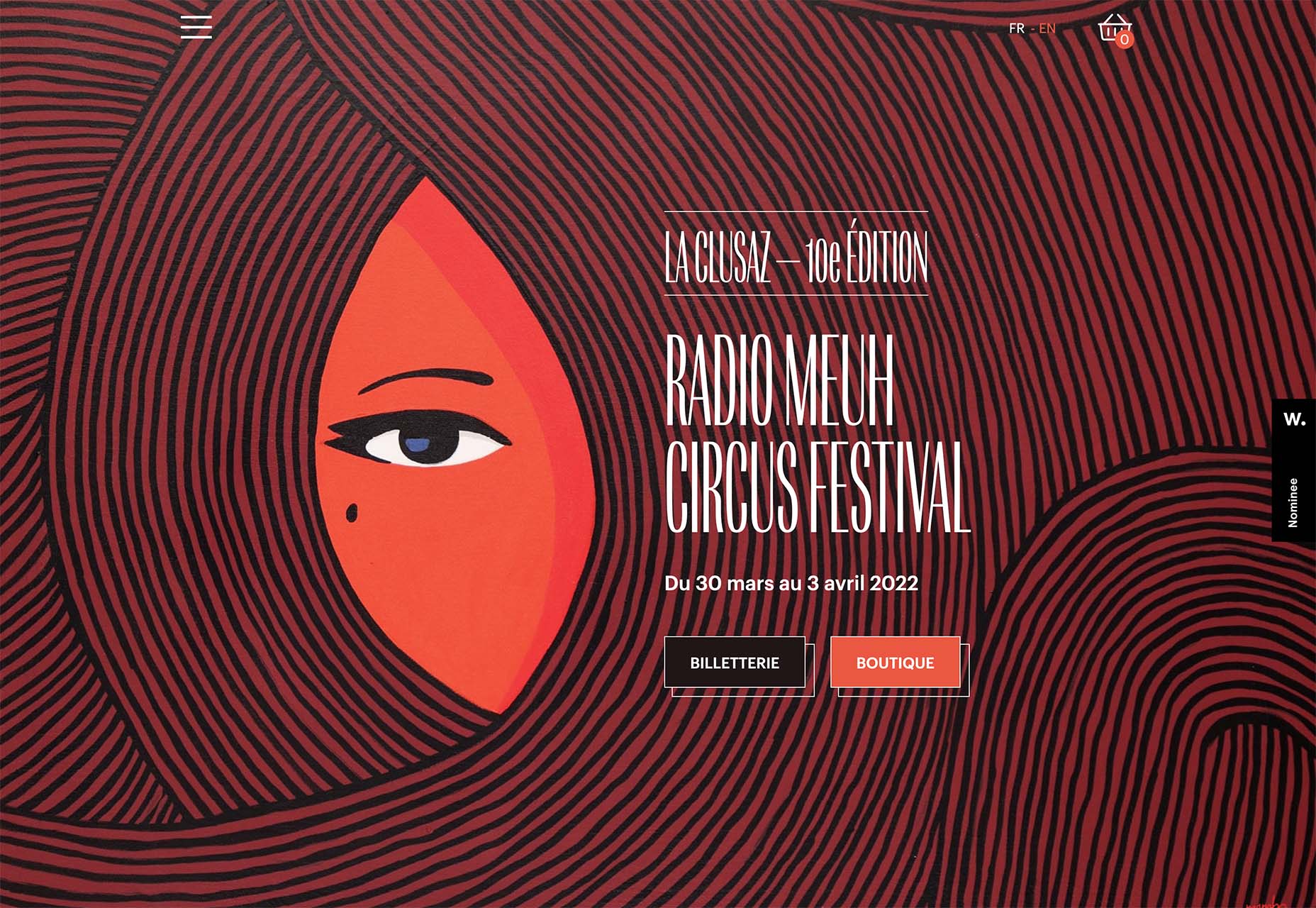

 According to Klipfolio research, users spend on average
According to Klipfolio research, users spend on average 








 AR (Augmented Reality) continues to build as one of the most exciting technology innovations to appear in recent years. More accessible than virtual reality experiences, since no specialist headset is required, AR has quickly emerged as a crucial tool for building unique experiences.
AR (Augmented Reality) continues to build as one of the most exciting technology innovations to appear in recent years. More accessible than virtual reality experiences, since no specialist headset is required, AR has quickly emerged as a crucial tool for building unique experiences.







 With the holidays fast approaching, there are plenty of fun gifts for you in this roundup of new tools and resources for web designers. Make sure to share anything you find helpful with others to spread additional holiday cheer.
With the holidays fast approaching, there are plenty of fun gifts for you in this roundup of new tools and resources for web designers. Make sure to share anything you find helpful with others to spread additional holiday cheer.

























 1, 2, 3 – That’s exactly how long it takes you to start losing visitors if you have a slow-loading website.
1, 2, 3 – That’s exactly how long it takes you to start losing visitors if you have a slow-loading website.

